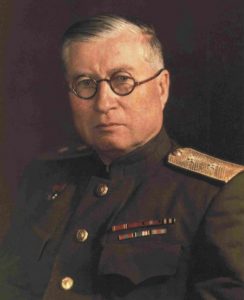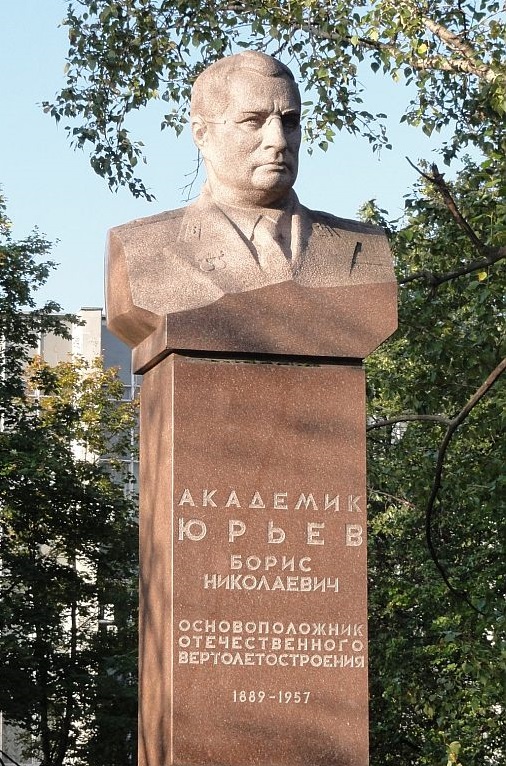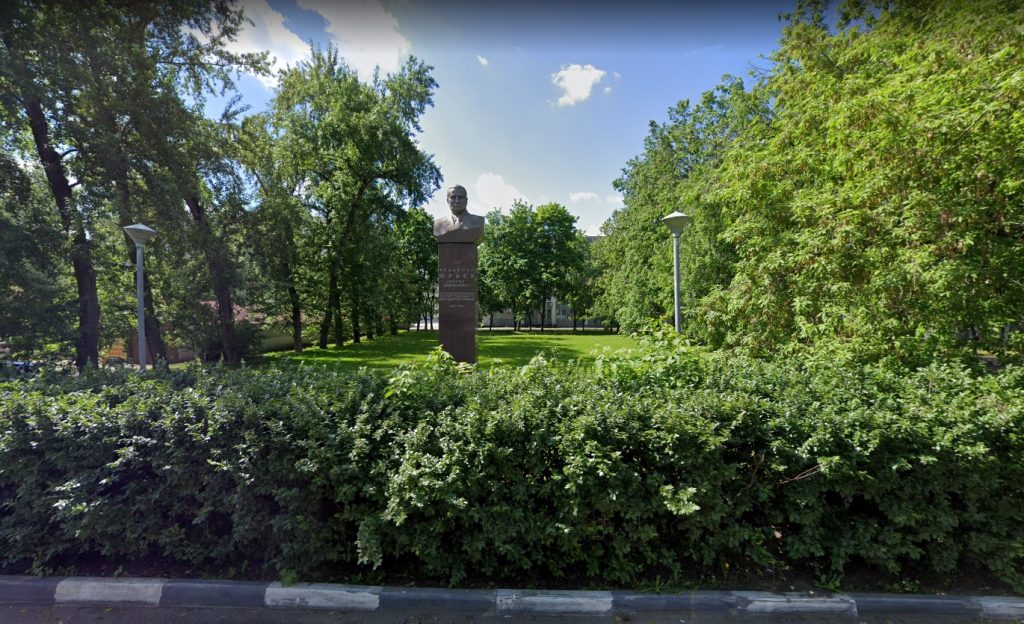Boris Nikolaevich
Yuryev
1889-1957

Boris Nikolaevich Yuryev was a Russian and Soviet aviator scientist, a full member of the USSR Academy of Sciences (1943), Lieutenant General of the Engineering and Technical Service (1944). He was born into a noble family that owned an estate in the Smolensk province. In 1898 the Yuriev family moved to Kolomna. After two years of studying at a local gymnasium, in 1900 Boris entered the Second Moscow Cadet Corps as a cadet, from which he graduated in 1907. From 1907 he studied at Moscow Technical School, where he became an active member of the Zhukovsky aeronautical circle. In 1911 Yuryev made an application, patenting the helicopter of his system that later became the classic scheme of a single–rotor helicopter with an automatic main rotor skew and a tail rotor. A life-size helicopter model was demonstrated at the International Aeronautics Exhibition and brought the author a gold medal for the development of the project. With the beginning of the First World War, Yuryev was sent to serve in the fortress of Novogeorgievsk, then – in the squadron of heavy aircraft “Ilya Muromets”. In the summer of 1915, during the defence of the fortress of Novogeorgievsk, he was captured. After returning to Russia in December 1918, Yuryev worked on the project “Four-engine heavy aircraft”, which he defended as a graduation project on May 5, 1919. Zhukovsky left him at the school as a laboratory assistant, and in autumn Yuryev began teaching at the newly founded Moscow Aviation College, then at the technical school, and since 1920 – at Air Force Academy created by Zhukovsky. In 1926 a group was organized at TsAGI to develop a helicopter according to the scheme proposed by Yuryev. As a result, three most promising schemes were identified: a single-screw device with a steering screw and a skew machine, a twin-screw and an eight-screw. These studies made it possible to build a helicopter “TsAGI 1-EA”. By the resolution of the Defence Committee of March 4, 1940, B.N. Yuryev, I.P. Bratukhin and MAI Director M.F. Semichastnov were issued a technical specification for the construction of a two-seat helicopter with two MV-6 engines with a maximum speed of 150 km/h, a range of up to 200 km and a ceiling of 4500 meters. It was prescribed to build two vehicles in an extremely short time; the first prototype was required to be submitted for testing by May 1, 1941, and the second – by July 1 of the same year. With the onset of the Wehrmacht in the summer of 1941, he evacuated with Air Force Academy to Sverdlovsk. During the evacuation, he was engaged in the development and construction of an aerodynamic laboratory, scientific developments for the needs of defence. In 1942-1949 Lieutenant General of the Engineering and Technical Service B.N. Yuryev held the position of Deputy Chief of Zhukovsky Air Force Engineering Academy. In 1944-1950 he was the Chairman of the Commission on the History of Technology of the USSR Academy of Sciences, since 1950 he was the Head of the Laboratory of Applied Aerodynamics at the Institute of Mechanics of the USSR Academy of Sciences. He joined the original composition of the USSR National Committee for Theoretical and Applied Mechanics (1956). During his life, B.N. Yuryev filed over 40 applications for inventions, received 11 patents, 2 copyright and 2 protection certificates. Among his inventions are a control handle for several engines of a multi–rotor helicopter at the same time, a tethered helicopter with a jet propeller, a jet propeller, a new scheme of a helicopter aircraft and others.
Address: Moscow, Leningradsky ave., 37, bldg. 1

